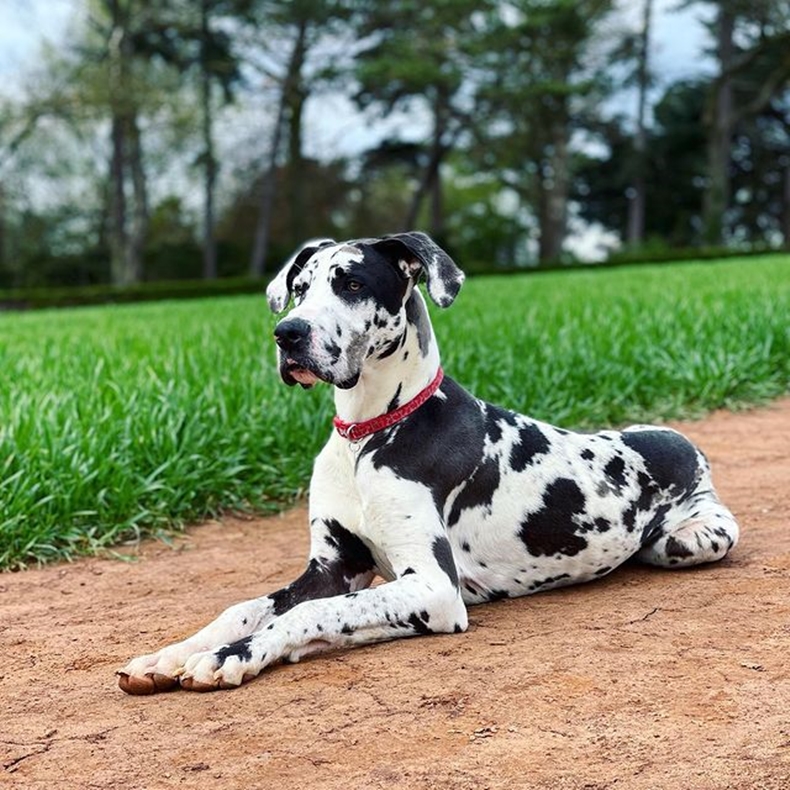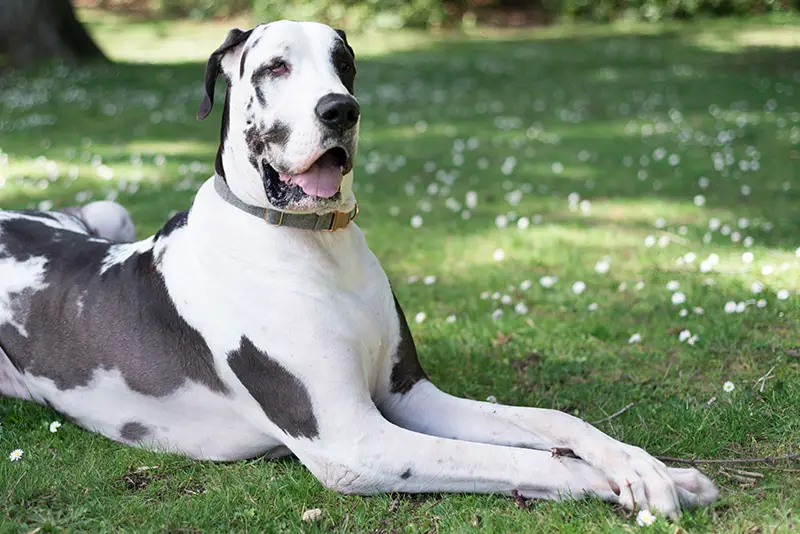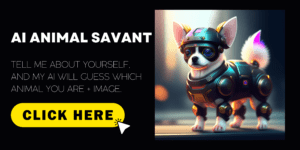The Great Dane Dalmatian Mix, also known as the “Great Dal” has inherited the best traits of both parent breeds. This marvelous hybrid is friendly, loving, intelligent, and loyal. It’s a great working dog with unique physical features and benefits that could make it an ideal pet for life-long companionship. This guide covers all you need to know about the Great Dal: from its origins and physical characteristics to its temperament and exercise needs. We will also answer frequently asked questions about this original breed.
What is a Great Dane Dalmatian mix?
The Great Dalmatian is a hybrid cross between the Great Dane and the Dalmatian breeds. This hybrid receives its name from both parent breeds, as it typically takes on a similar size to the Great Dane, with spotted markings similar to those of a Dalmatian. With an even-tempered nature inherited from its Great Dane parent, this large breed doesn’t require excessive exercise and makes for a great companion.
History
In the last two decades, hybrid dog breeding has become increasingly popular. A perfect example is the Great Dane Dalmatian, which is a breed of a canine whose origin remains unknown but was likely created with dual intentions: to produce a gentle companion that also exhibits the spotted coat of a Dalmatian and an oversized build.

Pros and cones:
Adopting a dog comes with certain considerations, so it’s important to get to know the pros and cons of prospective new pets before taking them in. Every dog has unique requirements and behaviors that may or may not fit well into your lifestyle. To make an informed decision, take the time to research various breeds and ensure you select one that will fit into your and your family’s lives comfortably.
Pros
Easy to Moderate
The short-haired coat of this dog breed requires a minimal amount of grooming and maintenance. It typically does not collect dirt on its fur and therefore only needs to be brushed once or twice a week. If its coat is visibly dirty, it should then be bathed.
Easy to train
The Great Dane Dalmatian is a highly intelligent and trainable working dog. It excels in following commands and instructions from its owners, making it easy to train without any hassle. This breed proves to be an ideal canine companion for those seeking obedience and loyalty.
Cons
It needs a Big space
Due to their large size, Great Dane Dalmatians require more space than smaller breeds. As such, apartment-dwellers may not be suitable owners for this type of dog.
You can’t leave it alone
The Great Dane Dalmatian is a talented, loyal, and sensitive animal. Leaving it alone for long periods can cause distress and result in destructive behavior. For this reason, it’s best not to leave them alone for more than 4-6 hours at any given time. With proper care and attention, the Great Dane Dalmatian can thrive in its home environment.
Appearance
| Height: | 19 – 32 inches |
| Weight: | 50 – 150 pounds |
| Lifespan: | 8 – 12 years |
| Coat Colors: | Black, white, black, blue, brindle, liver, lemon, or tricolor (with spots) |
The Great Dane Dalmatian is a new hybrid, with physical features that are difficult to predict. As these dogs have not been around long enough to establish a breed standard, their appearance can vary; however, they will almost always inherit spots from the Dalmatian parent. When fully grown, they tend to be large-sized. The exact physical features of the Great Dane Dalmatian remain unpredictable at present.
Coat Colors
The Great Dane Dalmatian is a breed of dog exhibiting desirably short coats, which can be black, white, or brindle. Although less common, this breed has been selectively bred to sport a longer coat as well. Additional possible color variations include blue, liver, lemon spots, and tri-color coats.
Size and Weight
The Great Dane, often referred to as the world’s largest dog breed, is normally a medium to large size, ranging in height from 19 to 32 inches at the shoulder and in weight from 60 to 100+ pounds. This breed has contributed to its impressive size throughout puppy generations. However, it is important to recognize that this wide weight range should not be generalized across all dogs. It is strongly recommended that owners consult with a veterinarian for an individualized assessment of their pet’s ideal weight requirements.
Exercise
Owners of large dogs should make sure to provide them with ample exercise each day. This will help burn off excess energy and maintain their physical health. Generally, a dog should be walked for around one hour or more, in addition to engaging in other types of activity such as running or mental stimulation activities. Regular exercise is essential for your pet’s long-term health and well-being.
Health Issues
The Great Dalmatian, as a large breed dog, typically has a shorter lifespan than smaller breeds. Generally speaking, most healthy Great Danes have a life expectancy of 8-13 years. However, they can suffer from inherited genetic health problems common in large dogs. It’s important to research the parent breeds before you commit to adopting one; that way you can better understand potential health issues and plan accordingly.
It’s essential to research any breed or mixed breed before adoption to be aware of potential health issues. Still, not all individual dogs will experience these health problems and proper care can go a long way toward mitigating risks.
Great Dane Health Issues:

The Great Dane is recognized for its large size, with a typical lifespan of 7 to 10 years. Although an impressive breed with much to admire, it’s also frequently subject to a variety of health issues. These include Bloat, Hip Dysplasia, Cardiomyopathy, Wobbler Syndrome, Cataracts, Allergies, and Osteosarcoma. It’s important to be aware of these issues while also caring for your pup and making sure they remain healthy and happy.
Dalmatian Health Issues
Dalmatians generally have life spans between 10 and 13 years, though they are prone to certain medical conditions. Deafness can be an inherited issue, as well as ailments like Urolithiasis, Skin allergies, Hip Dysplasia, Cardiomyopathy, and Allergies. Pet owners need to monitor their Dalmatian’s health and watch for signs of any of these conditions.
The Great Dane Dalmatian mix Health Issues:
Owning a Great Dane Dalmatian can present significant medical issues. These conditions could include osteoarthritis, diabetes, and orthopedic disease. Some of the most common orthopedic diseases involve elbow and hip dysplasia. It is important to be aware of these possible health issues when considering owning this breed.
No matter the breed, it’s important to be aware of health issues that may affect your pup. Regular check-ups by a qualified vet and proper care are essential for preventive and corrective measures. As an owner, it’s vital to research the potential health conditions related to your furry family member’s breed so you can ensure they enjoy a long life of happiness and well-being.
Conclusion
The Great Dane Dalmatian is a very large breed, so it is not recommended for individuals who do not have an adequate amount of experience with owning dogs. However, these gentle giants make up for their size with their friendly and intelligent nature. If you feel prepared to care for one of these beauties, they can bring love and joy into your life for many years.





